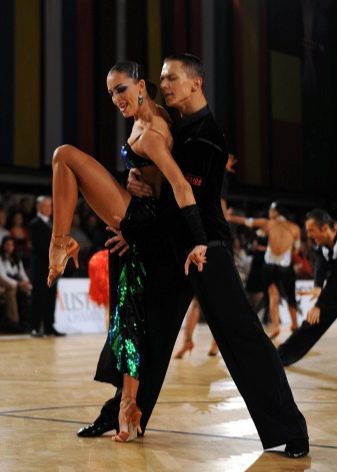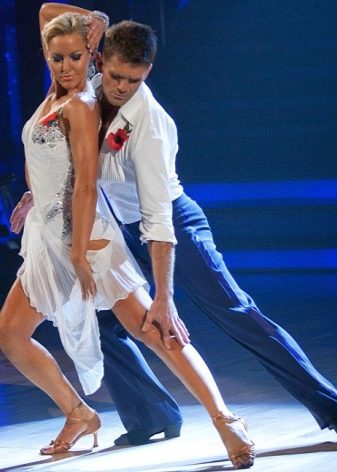What is rumba and how can you learn to dance?
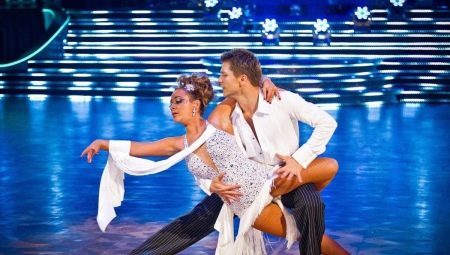
Rumba is a very passionate Latin American dance with an interesting history and development. He, like many other directions, could remain folk, never show himself on stage, but the cultural and historical whirlwind picked him up, and now he is at the best ballroom dancing championships. As in many other cases, thanks for this is the temperamental African culture, natural plasticity and musicality of people from this continent.
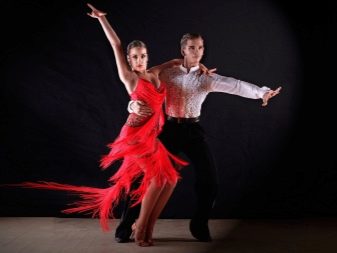
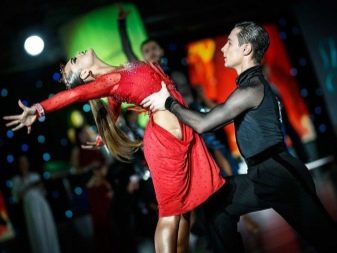
Peculiarities
The Africans were brought to Cuba by planters at the end of the 19th century. Then people flooded to the island of Liberty, and the mixture of traditions, cultures, folk dances was inevitable. Only African motives were adapted by the locals. This is how the rumba appeared - a passionate dance in which the main role is played by the movement of the body, not the legs. The rhythms are quite complex, intricately overlapping each other. This music and dance combined English contrasse, Spanish melody, Cuban movements, and African origins.
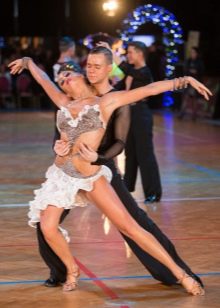
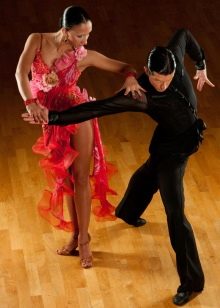

The sides contract and the shoulders move in the dance in the same way as slaves move under a heavy load. And the famous movement "kukaracha" actually imitates the crush of a cockroach. But the rumba has changed, now it is much more adapted to the scene. The version that is being danced today appeared in America in the 30s of the last century - the rural rumba was connected with Cuban Bolero, as well as with Son and Danzon. The dances are very different, belonging to different classes of Cuban society, but their combination turned out to be quite successful.
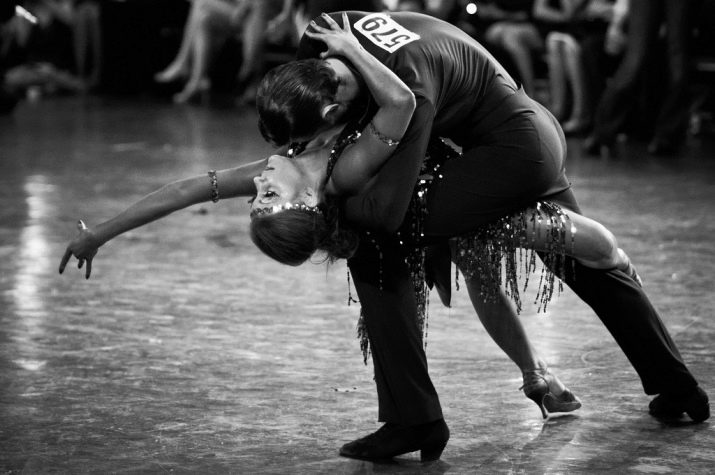
Dance and musical features of rumba:
- movement - smooth, in place, continued with accents and sliding;
- size - four quarters;
- number of ticks per minute - from 27 to 31;
- in the competition, the duration is one and a half - two minutes;
- rhythm - slow and pulsating;
- the music is romantic;
- what a male dancer shows - confidence, strength, which calmly coexist with sensuality, he wants to please his partner;
- what the female dancer shows - temptation, slight teasing of a partner, but in the end she rejects him;
- story type - love story;
- a well-known variety - the square rumba, in which the positions are closer and the movements are more fluid;
- glorified rumba in sports ballroom dancing - there are many such names, but Doni Burns and Gaynor Feyweather, the British, are probably the best of the best;
- the most famous melody is "Guantanamera" by J. Fernandez.
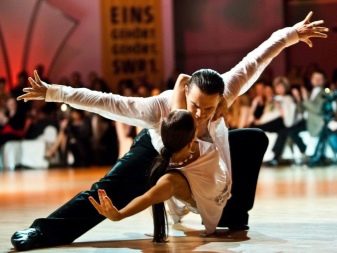
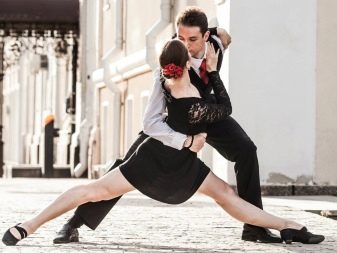
Of course, the rumba danced in local bars in Cuba will be different from the one danced in competitions and championships. But the essence, attitude, key movements are one.
History of origin
Rumba belongs to the dance genome. It originated in Cuba, but African slaves brought it to the continents. Traditions, ideas, movements were superimposed - the locals took the most interesting things from the visitors, adjusted them to their temperament, getting a qualitatively new cultural product. The Spaniards supplemented the African folk dances: they brought their lyrical meter and vocal style to the rumba, but the drum rhythm and African drive remained in the dance.
But what has developed as a popular trend is only akin to the modern competitive rumba. It is included in the competition program, and it is also considered the slowest of the five dances of the compulsory part.
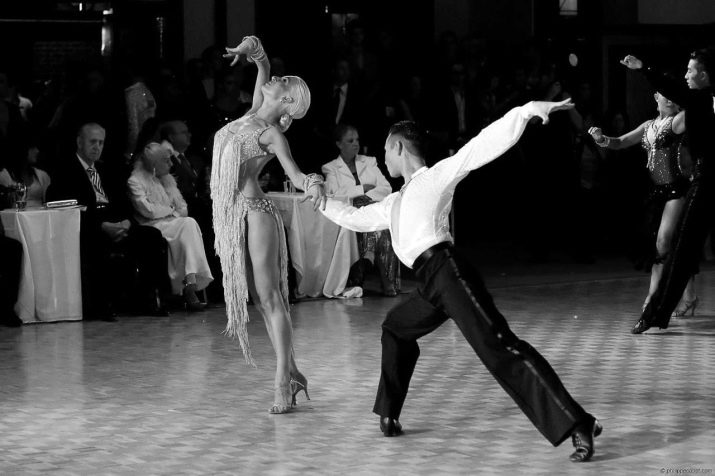
By the way, the name itself has several interpretations, but most often they agree that "rumba" is the path of the soul. Rumb is a course, a follow, that is, a nautical terminology. At the same time, initially, the dance arose in Africa as part of a religious cult, but later the direction was transformed into a folk dance, which the locals (who how) still know how to dance. It began to spread around the world in different ways, we can say that the first way was cabaret. Then, with the development of technology, it was shown on television, and the new dance really conquered the world.
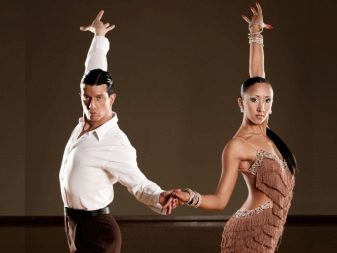

Views
We can say that folklore rumba is not a love story, but fun, enjoyment of life, a holiday. It is worth remembering that it originated on the island of Liberty, that is, it is also politically conditioned.
Ballroom
This is a dance and sports direction in which children and adults compete. There are clear regulations, requirements, costumes, absolutely clear competition categories. This is the same transformed American rumba, whose movements are more restrained.
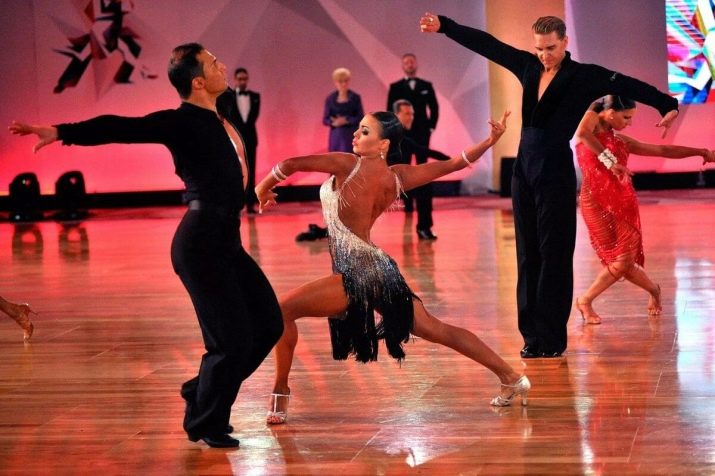
Ball rumba features:
- at first, the partners are located opposite each other, the weight of the man's body is on the left leg, the right is an emphasis in the toe, and the dancer's is the opposite;
- the whole dance is based on steps forward and backward: the movements performed on the spot are viscous, sliding, prolonged;
- the main movement is danced to the rhythm of fast, fast, slow;
- each step starts from the toe, then the transition to the foot;
- the pads of the fingers touch the floor, and then the heel falls on it;
- the transfer of body weight is possible only after the entire foot is on the floor;
- along with the transfer of the weight of the body, the legs at the knees are straightened, the thigh of the supporting leg goes to the side;
- in the rumba there are no active rises, falls, bodily inclinations;
- the continuity and tightness of the rumba steps can be achieved through a viscous femoral movement and a controlled transfer of body weight from one leg to the other.
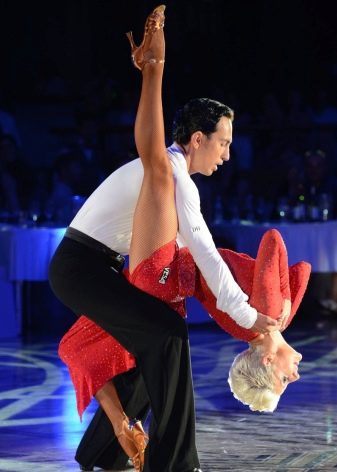
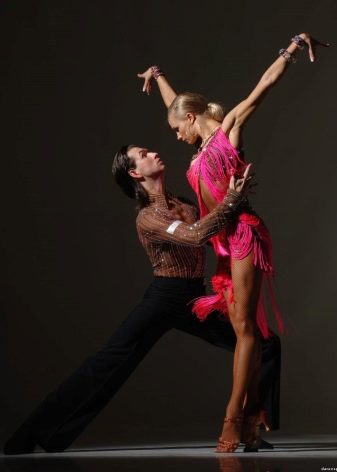
By the way, the dance can be performed solo, without a partner, but nevertheless a pair performance is considered a classic.
Cuban
Its other name, by the way, is Afro-rumba. And it includes guaguanco, iamba and colombia. Guaguanco is performed to a complex fast rhythm, dancers imitate animals, chicken and rooster. By the way, despite this parody, the dance is passionate, with a pronounced erotic overtones, while classically rumba is not considered a dance of seduction and expressed passion.
Yambu is danced to a measured rhythm and slow tempo. It has expressive dance coquetry, seduction. But the movements and turns will be more elegant than in the previous variation of the Cuban rumba. Interestingly, this dance is often performed by older people.

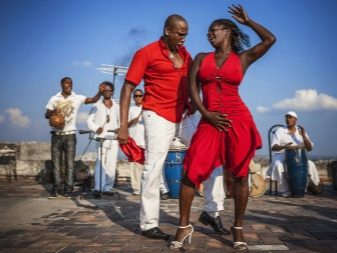
Colombia as a type of rumba appeared in the countryside, and this direction is not about love passions, because here two men enter the competition. An energetic and fast pace emphasizes their struggle, the dancers must show their agility, humor and strength to the maximum.
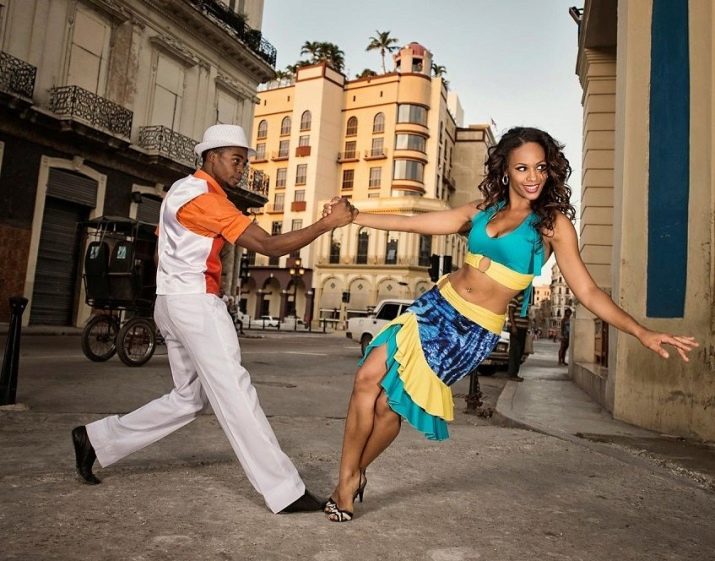
Dance clothes and shoes
Training clothes should be comfortable: women prefer to train in tight tops, skirts or dresses, men in T-shirts and trousers. Stage outfits are made by professionals, they are too complicated for the dancers to take on the job. The costumes are attractive and bright colors, and various decor: sequins, stones, rhinestones, beads, embroidery.
The main thing is that on the stage it all shimmers gracefully, enhancing the effect of the dance.
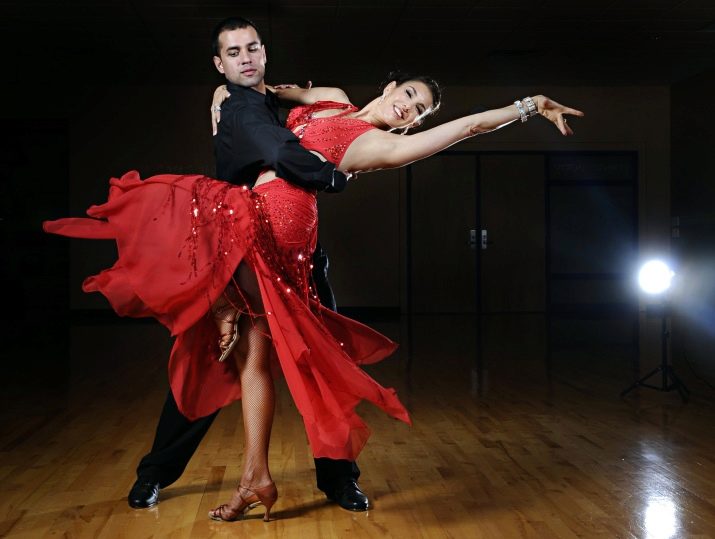
The partner's skirt is usually short, because in the rumba it is necessary to show the legs - this is part of the requirements. At the same time, asymmetric cut, stripes, frills, cuts (even extreme ones) are quite allowed. The shirt of men has a deep cut, the dancer must show bare chest.
Only special shoes are used, otherwise it is uncomfortable to dance, and injuries are very likely. For women, this is a high heel and a special last, flexible and soft, so that the foot can work freely in the process. And men's shoes also have a small heel, however, it is higher than in European dance products.
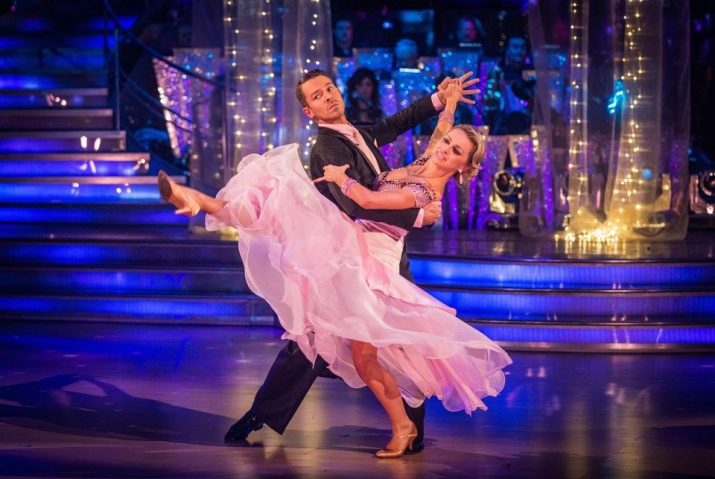
How to learn to dance?
Many ballroom dancers tell beginners: don't start with technique - start with emotion. The fact is that in this area the ability, the desire to demonstrate your body are key. You cannot hide your emotionality, passion, acting, because they will be the most important instruments of the dancer. Therefore, it is important for a beginner not to study the elements step by step (this is the second stage), but to understand that he will have to open up emotionally. And tune in to it.
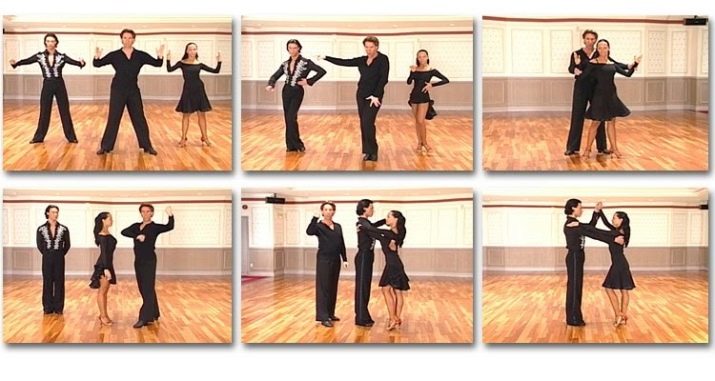
And what about the movements.
- The main step is active hip movements, impulsivity. The strides should be wide, the body is carried over after the stride.
- To make the dance playful, you can use "deceptive steps": first the foot is put forward, then - back again.
- Taking steps, you need to monitor your posture and head position.
- Then you need to learn the basic movements: free turn, change of direction, irresistible turn, opening.
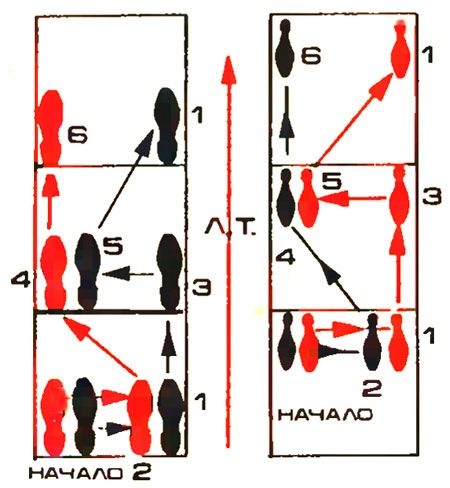
When the base is mastered, you can try author's movements, which create style, individuality. But all this is not so fast. If you can learn a few lessons at home by checking the dancers' movements on the video, then you need a coach and face-to-face lessons.
And, of course, you need to worry that a partner or a partner is a search. Perhaps this is the hardest part in rumba, because sometimes it takes months, if not more.
